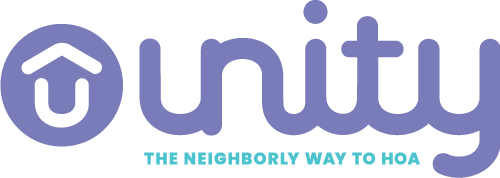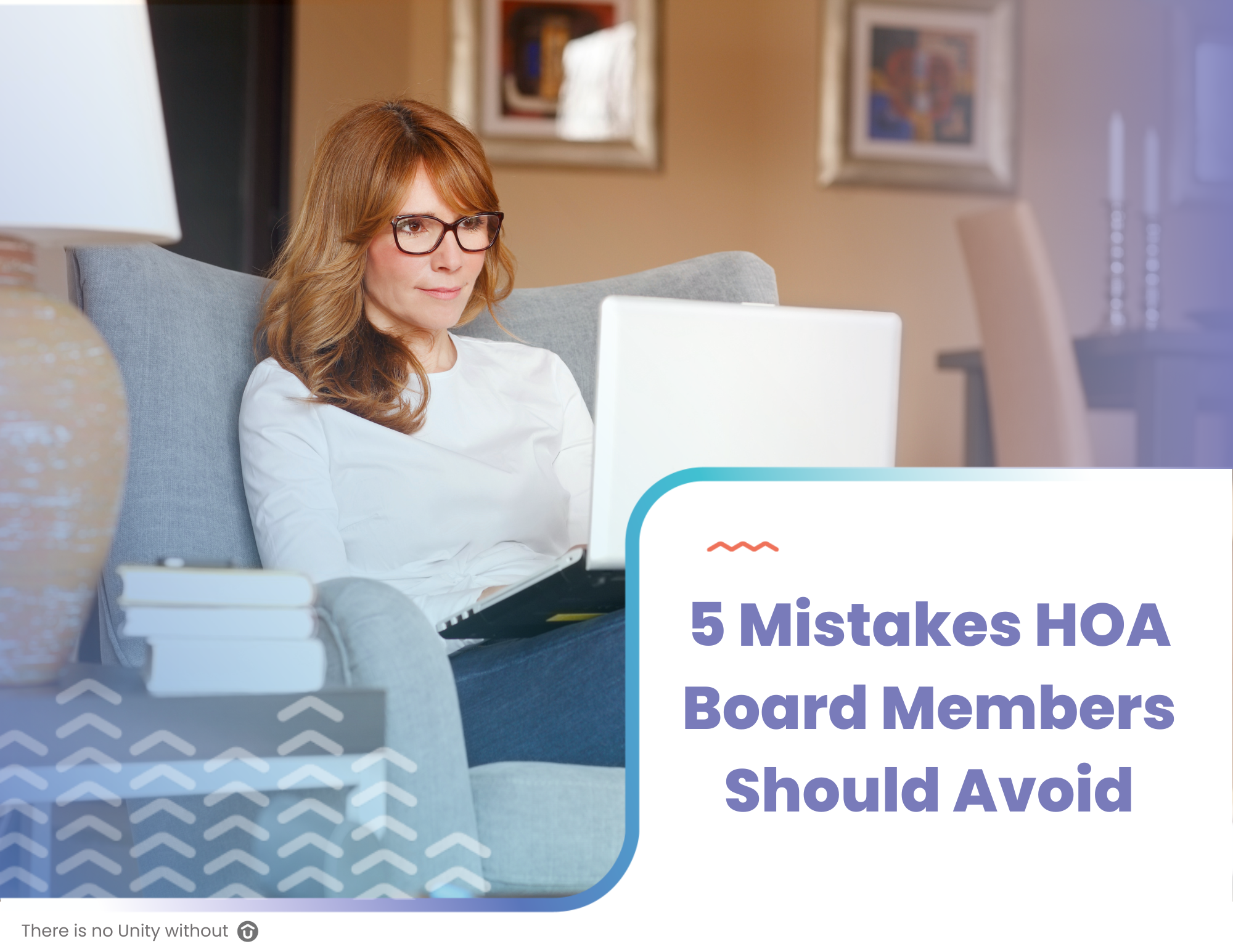As we close out another incredible year, we want to take a moment to express our deepest gratitude to the people who make it all possible—our Board Members, Builders, and community partners. Your dedication, trust, and belief in what we do are the cornerstones of our success.
To Our Board Members:
We are incredibly fortunate to work alongside so many dedicated volunteer Board Members who devote their time, energy, and passion to their neighborhoods. You are the heartbeat of your communities, ensuring they thrive and grow stronger each year. It’s no small feat to volunteer for such an important role, and we are in awe of your commitment to making your neighborhoods the best they can be. Your partnership with our HOA company allows us to support your vision, and we are truly honored to be entrusted with the care of your communities.
To Our Builders:
To the builders who continue to believe in what we can do for your buyers—thank you. Your trust in us is invaluable. Together, we work to create vibrant, welcoming communities where new homeowners can plant roots and enjoy everything their neighborhood has to offer. Your partnership inspires us to do better every day, and we look forward to what we can continue to accomplish together.
Celebrating Together:
This year’s end-of-year gala was a true celebration of all your efforts, and we want to thank everyone who attended. It was a joy to see so many Board Members come together, share stories, and celebrate a year filled with hard work and meaningful progress. You made the night unforgettable, and it was the perfect way to honor everything we achieved together.
Looking Ahead to 2025:
Cheers to a fantastic year and an even better 2025! Giving back is what it’s all about, and we are excited to continue supporting you in making a lasting impact on your neighborhoods.
Together, we will keep building, improving, and creating communities that people are proud to call home.
From the bottom of our hearts, thank you for your trust, your time, and your belief in what we do. Here’s to another year of partnership and meaningful work!
Cheers to you all!
Sal Silva, CEO
















































